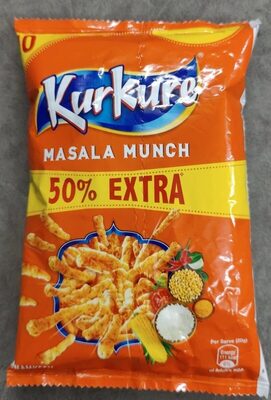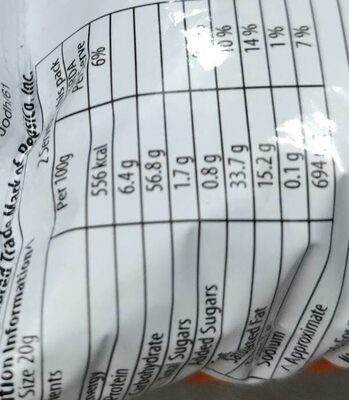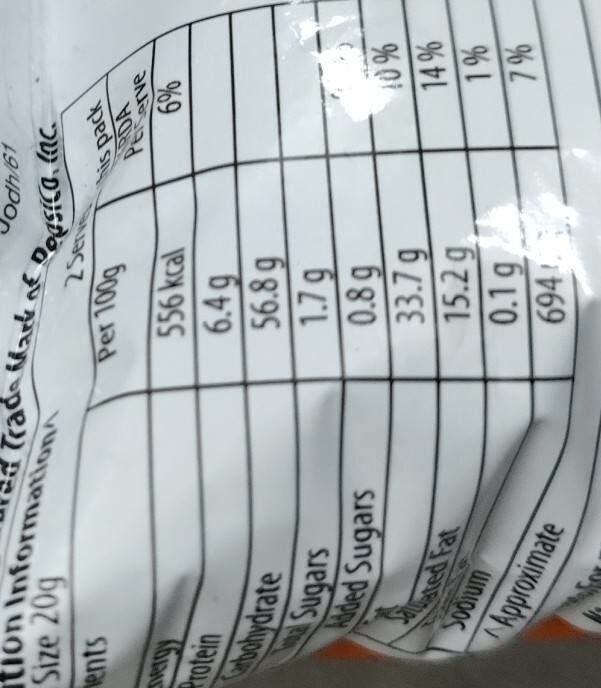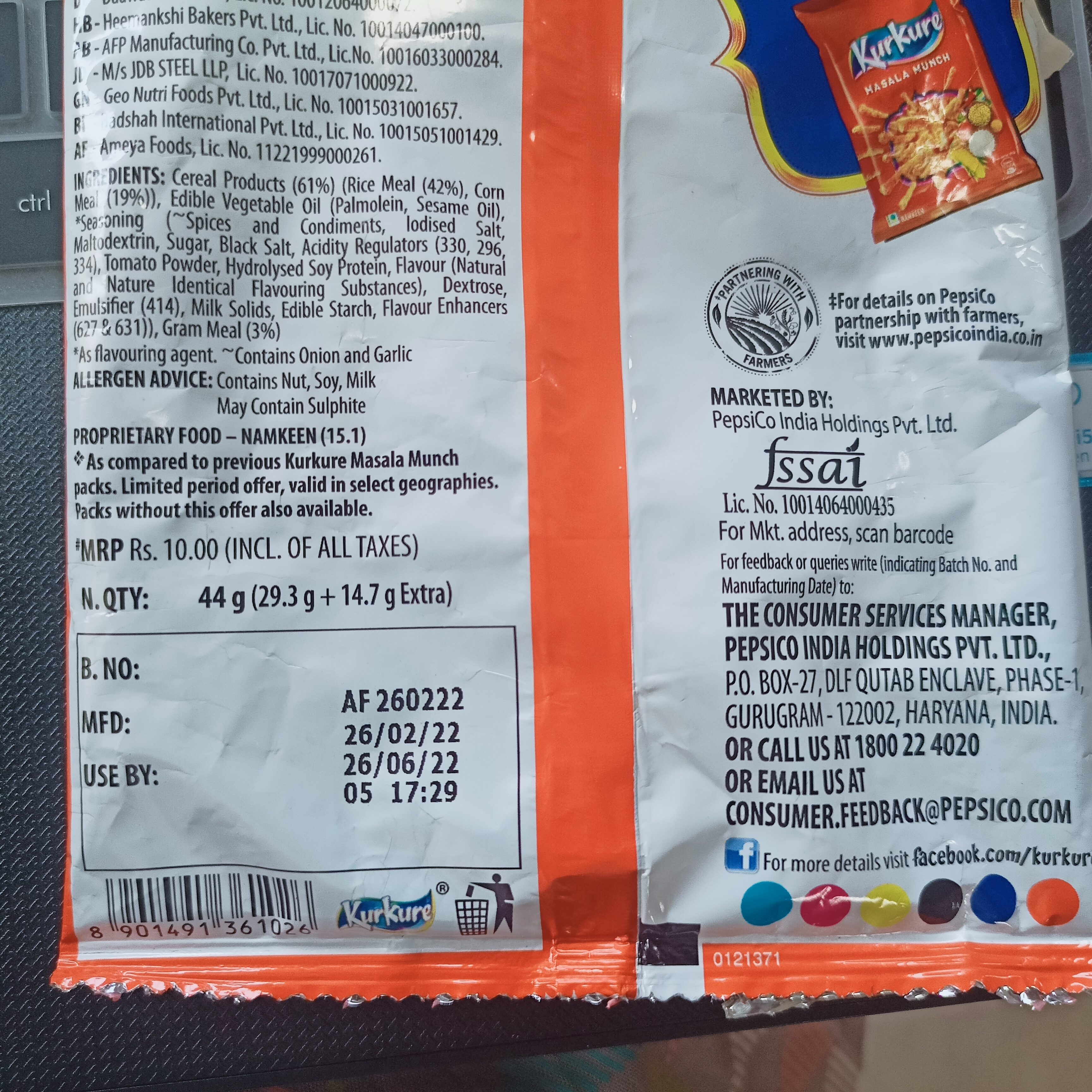masala munch - PepsiCo India holdings Pvt.Ltd - 44g
Barcode: 8901491361026 (EAN / EAN-13)
Common name: Kurkure
Quantity: 44g
Packaging: Plastic
Brands: PepsiCo India holdings Pvt.Ltd
Categories: Snacks, Salty snacks, Appetizers, Masala munch with Gingelly oil
Origin of the product and/or its ingredients: Karnataka
Origin of ingredients: Karnataka
Manufacturing or processing places: Ameya Foods, Lic . No. 11221999000261
Traceability code: AF 260222
Countries where sold: India
Matching with your preferences
Report a problem
Data sources
Product added on by openfoodfacts-contributors
Last edit of product page on by kiliweb.
Product page also edited by amirqureshi, hema, packbot, yuka.sY2b0xO6T85zoF3NwEKvlkViX_OCgQDCFS3WqVyKn9mwFqXTS8st5tnHF6s.












